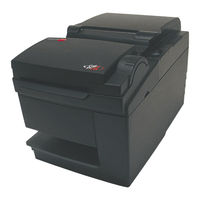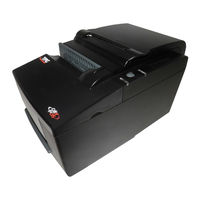
CognitiveTPG B780 ColorPOS Manuals
Manuals and User Guides for CognitiveTPG B780 ColorPOS. We have 2 CognitiveTPG B780 ColorPOS manuals available for free PDF download: Programming Manual, Setup Manual
CognitiveTPG B780 ColorPOS Programming Manual (192 pages)
Two-Color Thermal/Impact Hybrid Printer
Brand: CognitiveTPG
|
Category: Printer
|
Size: 2 MB
Table of Contents
Advertisement
CognitiveTPG B780 ColorPOS Setup Manual (2 pages)
Two-Color Hybrid Thermal/Impact Printer
Brand: CognitiveTPG
|
Category: Printer
|
Size: 0 MB

